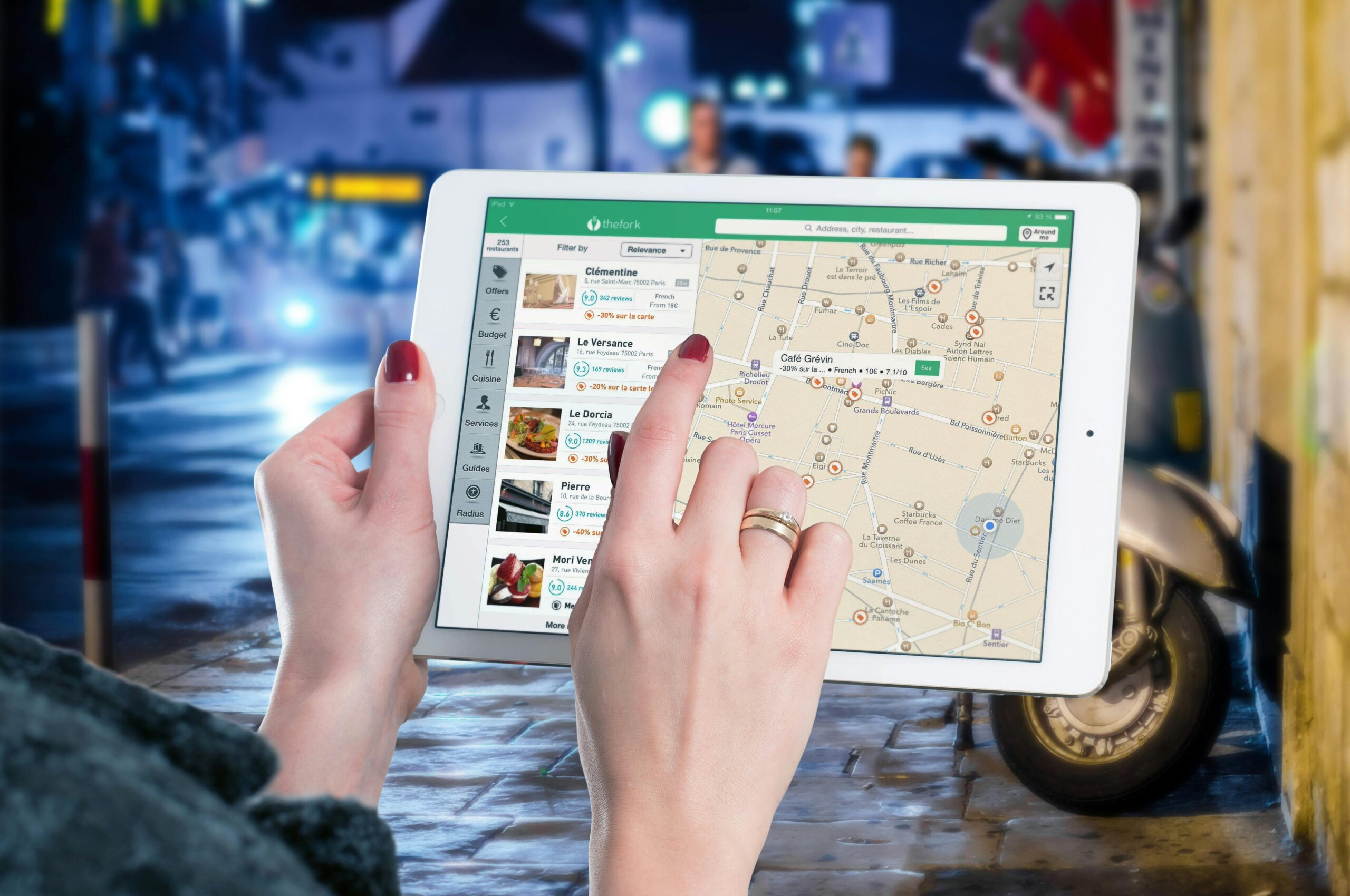Image credit: Unsplash
In a move to combat growing misinformation, California has introduced a groundbreaking law aimed at teaching public school students vital media literacy skills. This initiative, signed by Gov. Gavin Newsom, is set to transform the way young Californians engage with online content, empowering them to distinguish between legitimate news and ever-increasing deceptive information.
The law, which was proposed in February and signed in October, incorporates media literacy education into K-12 programming. This law moves California into a group of states, including Texas and New Jersey, that recognize the importance of media literacy in public education. According to a report by Media Literacy Now, a nonprofit organization, these states are at the forefront of a trend that acknowledges media literacy’s critical role in shaping informed citizens.
This legislation is particularly relevant in today’s digital age, where social media platforms, notably TikTok, have become significant news sources. This is especially true for younger generations who depend on social media to stay up-to-date. A 2023 Pew survey revealed a startling increase in news consumption on TikTok among adults aged 18 to 29 – from 9% in 2020 to 32% in 2023. While these platforms offer diverse viewpoints, they also pose significant risks, as evidenced by the frequent circulation of misinformation and deepfake videos.
The new curriculum in California schools will focus on developing skills to critically analyze media content. Students will learn to identify credible sources, differentiate
between facts and opinions, and understand the mechanics behind misinformation,
including the creation and spread of deepfake videos. These skills are not just
academic. They are essential for navigating the complexities of today’s information-rich, yet often misleading, digital environment.
The urgency of this initiative is underscored by the challenges posed by social media platforms. Research has shown that TikTok’s search engine frequently directs users to videos containing false information. The impact of such misinformation is not confined to the digital realm and can have significant real-world consequences.
California’s approach to integrating media literacy into the education system is a proactive measure against the backdrop of an increasingly digital world where fake news proliferates. By equipping students with the necessary tools to critically
assess the content they encounter online, California aims to foster a generation of informed and responsible digital citizens.
The implications of this law extend beyond the classroom. In an era where misinformation can spread rapidly and influence public opinion and behavior, media literacy education is crucial. It aims to prepare students not only to challenge and question the content they consume but also to become active participants in the democratic process, equipped with the knowledge to make informed decisions.
California’s new law is a significant milestone toward addressing the challenges posed by this digital age. It recognizes the vital role of education in empowering individuals to navigate an ever-evolving media landscape. As other states observe the outcomes of this initiative, it is likely that similar measures will be adopted nationwide. As a result, this could serve as a catalyst to safeguard our society against the dangers of misinformation.

























































































































































































































































































































































